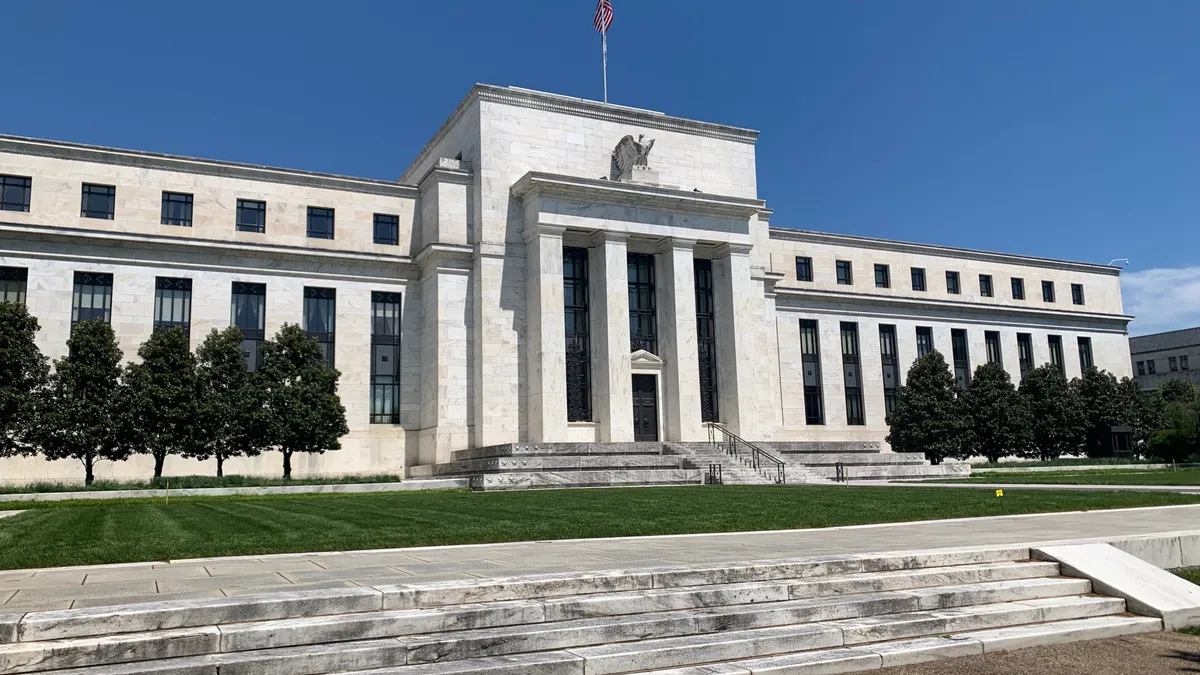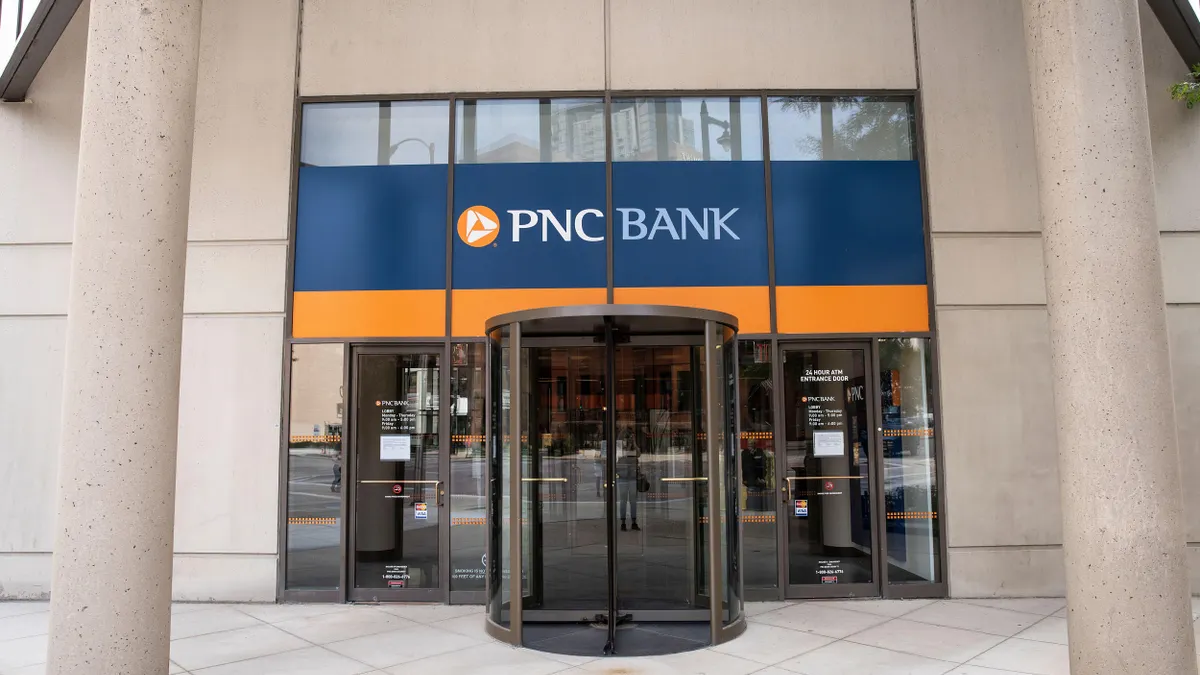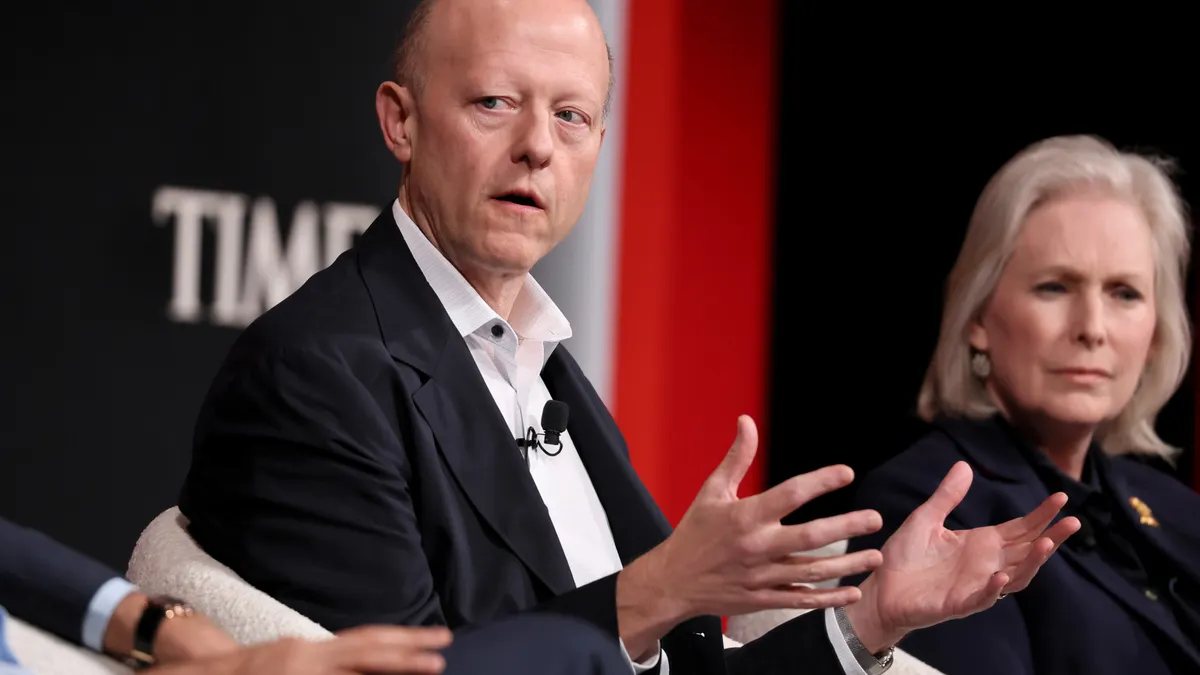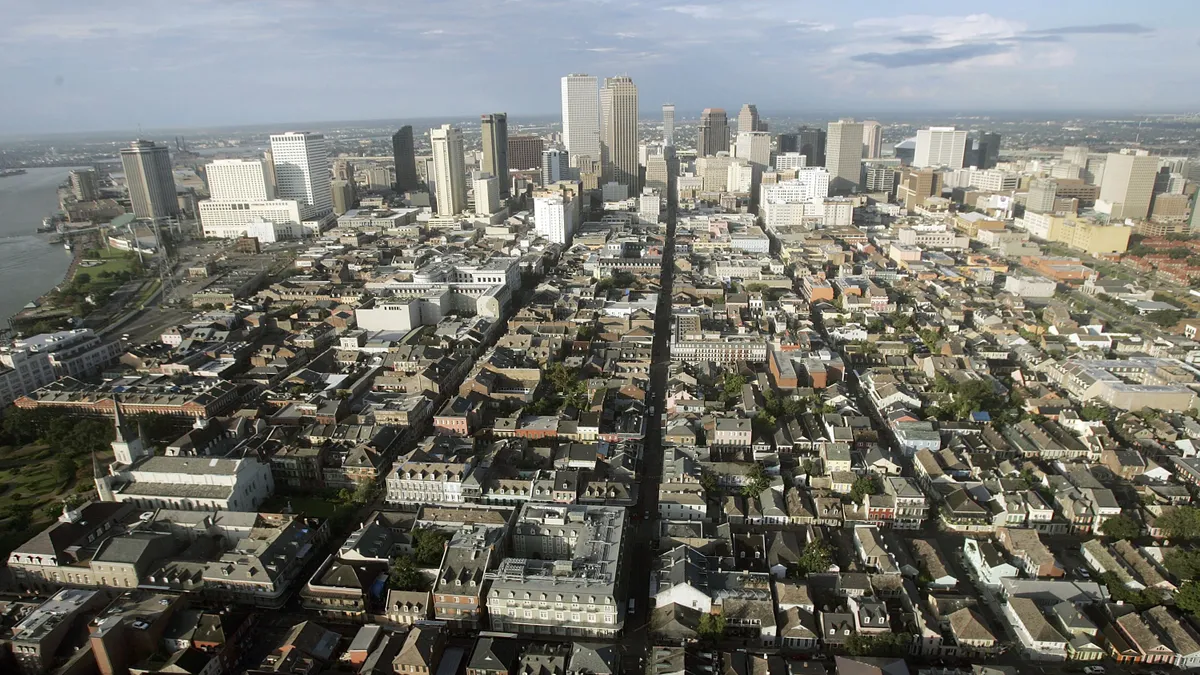The Federal Reserve is developing additional hypothetical scenarios for next year's stress test, as the central bank looks to broaden the methods it uses to identify weaknesses in the nation’s largest banks, Fed Vice Chair for Supervision Michael Barr said on Thursday.
Speaking at the Stress Test Research Conference at the Federal Reserve Bank of Boston, Barr said the additional scenarios would be “exploratory” and wouldn’t be used to set a bank’s stress capital buffer requirement.
“While our stress test is an important measure of the strength and resilience of the banking system, we must recognize that it does have limitations, as does any exercise," Barr said. "The goal of stress testing should be to provide sufficient coverage of the types of severe but plausible scenarios that could adversely impact a bank’s operations, and the combination of scenarios and shocks should be curated to achieve this goal."
The Fed has already taken a step to expand the test by which it gauges banks’ abilities to withstand an economic downturn.
For the first time, Fed officials included an “exploratory market shock” in this year’s exam, aimed at testing whether the trading books of the eight largest banks could withstand inflationary pressures and rising interest rates.
Fed officials said the extra shock, which was not used to set capital requirements, would serve as a study to help the central bank decide future test scenarios and how they are conducted.
Barr on Thursday said adding additional scenarios would address limitations in the Fed’s current stress tests.
“Additional exploratory stress test scenarios could allow supervisors to better probe the internal risk management of firms and assess whether they are holding sufficient capital for their risks,” he said.
The current stress test uses a single scenario focused on a credit-driven recession and single global market shock to test the financial condition of firms, Barr said.
“A single scenario cannot cover the range of plausible risks faced by all large banks. This has been confirmed time and time again, including in recent experience,” Barr said, referencing the spring collapse of three regional banks.
The failures of Silicon Valley Bank, Signature Bank and First Republic Bank illustrate that banking strains can emerge even without a severe recession, Barr said.
The Fed's current stress testing scenario includes a spike in the unemployment rate to at least 10%, as well as a steep decline in housing prices.
“Such conditions are historically associated with subdued inflation and a fall in interest rates,” Barr said. “The fact that significant banking stress emerged in very different conditions underscores the limitations of our current stress testing processes.”
The Fed’s annual exercise, which was put in place after the 2008 financial crisis, aims to ensure that the country’s largest banks can withstand a severe recession. The individual results factor directly into a bank’s capital requirements, dictating how much of a cushion a firm is required to hold to shield it from economic stress.
All 23 of the banks examined remained above their minimum capital requirements under the 2023 exam.
Barr did not say how many exploratory scenarios the Fed might add to next year’s test, nor did he share what the additional scenarios would examine.
But the list may be small, given the limited number of unique bank business models and variables that contribute to losses, he said.
“[A] relatively small number of scenarios may be all that is required to capture a wide range of outcomes for the banking system,” he said.
Barr emphasized that the central bank’s annual stress test “needs to continue to evolve.”
“Introducing multiple exploratory scenarios — both for the broader macroeconomic scenario and the global market shock for trading banks — would be beneficial for supervising potential risks on bank balance sheets,” he said. “These continued adjustments will help to ensure, consistent with the original intent of the Dodd-Frank Act, that the stress test remains a powerful and relevant tool for assessing whether large banks are resilient and our financial system is robust.”
Barr has discussed tweaking the Fed’s annual stress test before.
In June, he said the central bank may experiment with reverse stress testing, a practice that could serve as a more pointed tool to measure a bank’s resilience than the typical process of combining several hypothetical factors and applying them broadly across dozens of banks.
“Instead of thinking of a stressful scenario and then seeing how it would play through on, say, the balance sheet of a firm, you look at a bank and you say, well, what would it take to break this institution?” Barr said at an event held by the New York Fed, according to Reuters. “What are the different ways this institution could die, or a piece of it, a significant piece of it?”





















